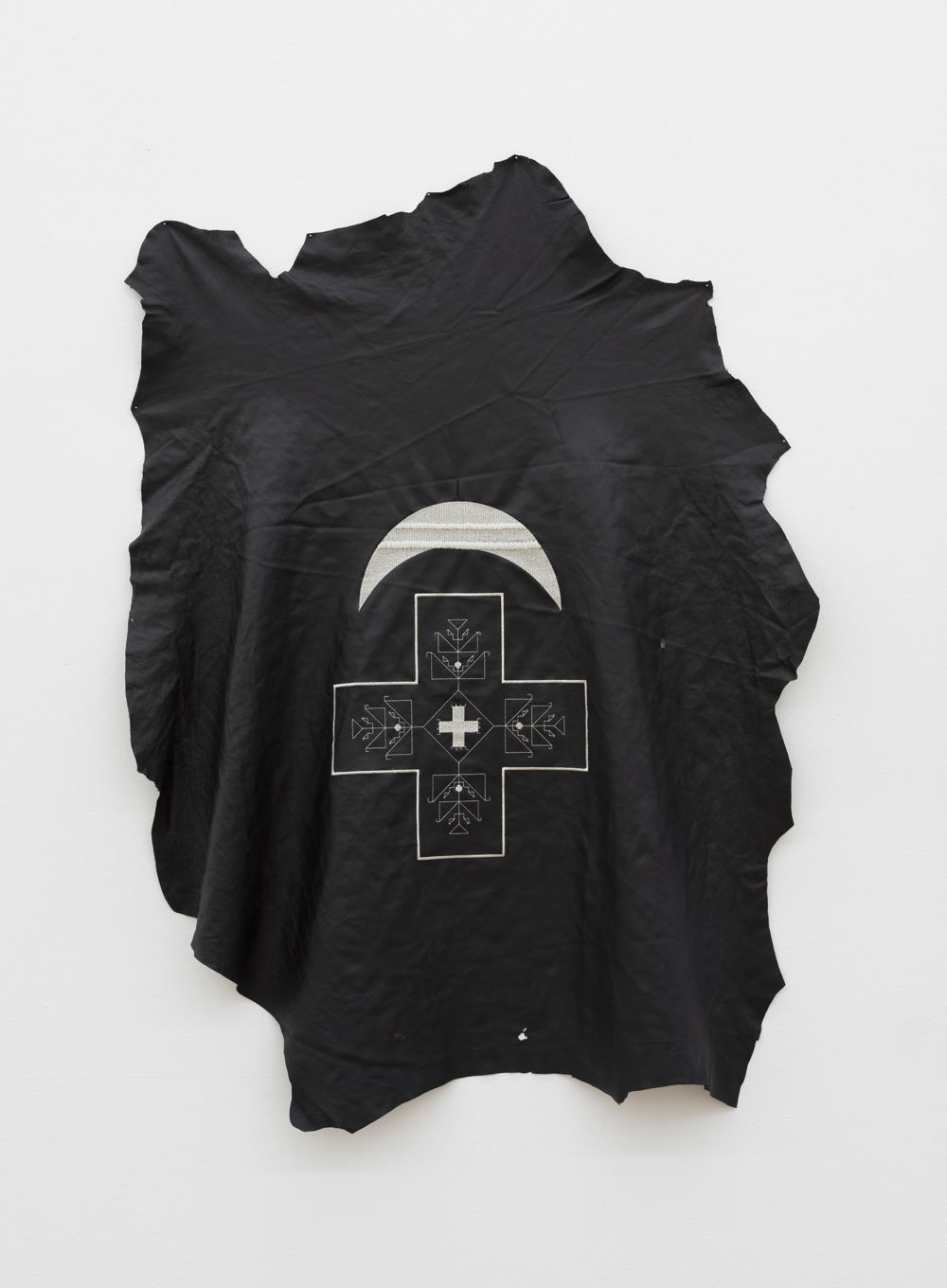
Photo by Yuula Benivolski.
Kite a.k.a. Suzanne Kite is an award-winning Oglála Lakȟóta performance artist, visual artist, composer, and academic raised in Southern California known for her sound and video performance with her Machine Learning hair-braid interface. Kite holds a BFA from CalArts in music composition, an MFA from Bard College’s Milton Avery Graduate School, and is a PhD candidate at Concordia University. Her groundbreaking scholarship and practice explore contemporary Lakota ontology through research-creation and performance. She often works in collaboration, especially with family and community members. Her art practice includes developing Machine Learning and compositional systems for body interface movement performances, interactive and static sculpture, immersive video and sound installations, poetry and experimental lectures, experimental video, as well as corunning the experimental electronic imprint, Unheard Records. Working with machine learning techniques since 2017 and developing body interfaces for performance since 2013, Kite is one of the first American Indian artists to utilize Machine Learning in art practice. Kite has been included in publications such as Atlas of Anomalous AI, the American Indian Culture and Research Journal, the Journal of Design and Science (MIT Press), with the award winning article, “Making Kin with Machines.” Kite was a 2019 Pierre Elliott Trudeau Foundation Scholar, a 2020 Tulsa Artist Fellow, a 2020 Sundance New Frontiers Story Lab Fellow, a 2020 “100 Women in AI Ethics,” a 2021 Common Fields Fellow, and the 2022 Creative Time Open Call artist for the Black and Indigenous Dreaming Workshops with Alisha B. Wormsley.
Donor -This award was generously supported by The Todd and Betiana Simon Foundation.
This artist page was last updated on: 08.26.2024
Essay by Kite. Originally published in YWY, Searching for a Character between Future Worlds: Gender, Ecology, Science Fiction, edited by Pedro Neves Marques. Sternberg Press, 2022.

uŋȟčéla wílečhala, for Nathan Young (Waxing Crescent Peyote Moon) by Kite, 2020. Silver thread and beads on black leather, dimensions 39 × 33.5 inches.
Photo courtesy of the artist.